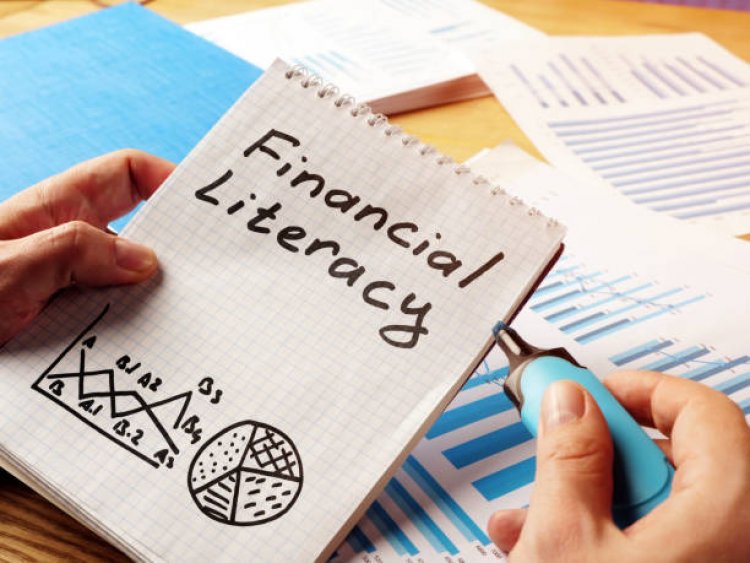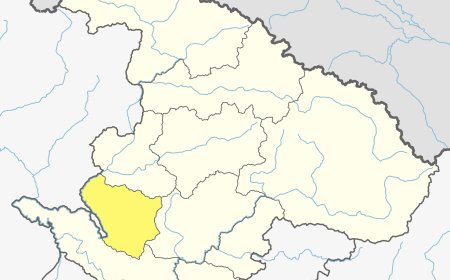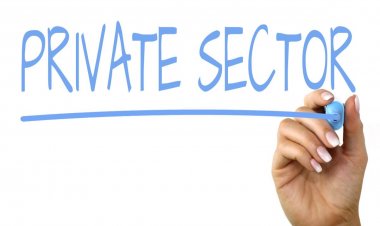Financial Literacy in Nepal: An Overview with Latest Statistical Data
Explore the latest financial literacy statistics of Nepal, including the score of different provinces and demographic groups. Get insights into the gender and income gap in financial literacy in Nepal.

Financial literacy refers to the knowledge and skills necessary to make informed and effective decisions regarding the management of personal finances. In Nepal, the financial literacy score is 57.9 percent, according to recent studies. Financial literacy is an important aspect of a country's financial system, as it helps people make informed decisions about their money and how to manage it effectively.
In terms of geographical distribution, Bagmati Province has the highest financial literacy score of 64.5 percent, followed by Gandaki Province with 62.4 percent. Province 1 has a financial literacy score of 57 percent, Madhesh 52 percent, Lumbini 55.6 percent, Karnali 59.7 percent, and Sudurpaschim 57.5 percent. The national financial literacy score is 57.9 percent.
When it comes to gender, males have a financial literacy score of 61.8 percent compared to 54.8 percent for females. The financial literacy score is higher in metropolitan cities with a score of 65.4 percent, but the gender gap is slightly higher in metropolitan cities as well. The highest financial literacy score of 68.4 percent is found in the top income group, whereas the lowest score of 50.7 percent is found in the lowest income group.
The financial literacy score of people involved in education is 75.9 percent, while those involved in agriculture have a score of 56.9 percent. Salaried/wage earners have the highest financial literacy score of 59.1 percent, while unemployed individuals who are not seeking employment have the lowest score of 28.6 percent. Housewives, who are a significant portion of the population, have a low financial literacy score of 31.3 percent, while students have a higher score of 73.4 percent.
Adults employed in the formal sector have a higher financial literacy score of 73.1 percent compared to those employed in the informal sector, who have a score of 46.3 percent. People working in the financial sector have the highest financial literacy score of 86.8 percent, followed by those in the education sector with a score of 82.1 percent. Meanwhile, people in agricultural and elementary occupations have the lowest financial literacy score of 47.1 percent and 48.6 percent, respectively.
In conclusion, financial literacy is crucial in helping individuals make informed decisions about their personal finances. The results of the recent studies in Nepal suggest that there is room for improvement in terms of financial literacy in the country, particularly among women and lower income groups. It is important for government and financial institutions to take proactive measures to improve financial literacy in the country and ensure that everyone has the necessary knowledge and skills to manage their personal finances effectively.
What's Your Reaction?




































































































